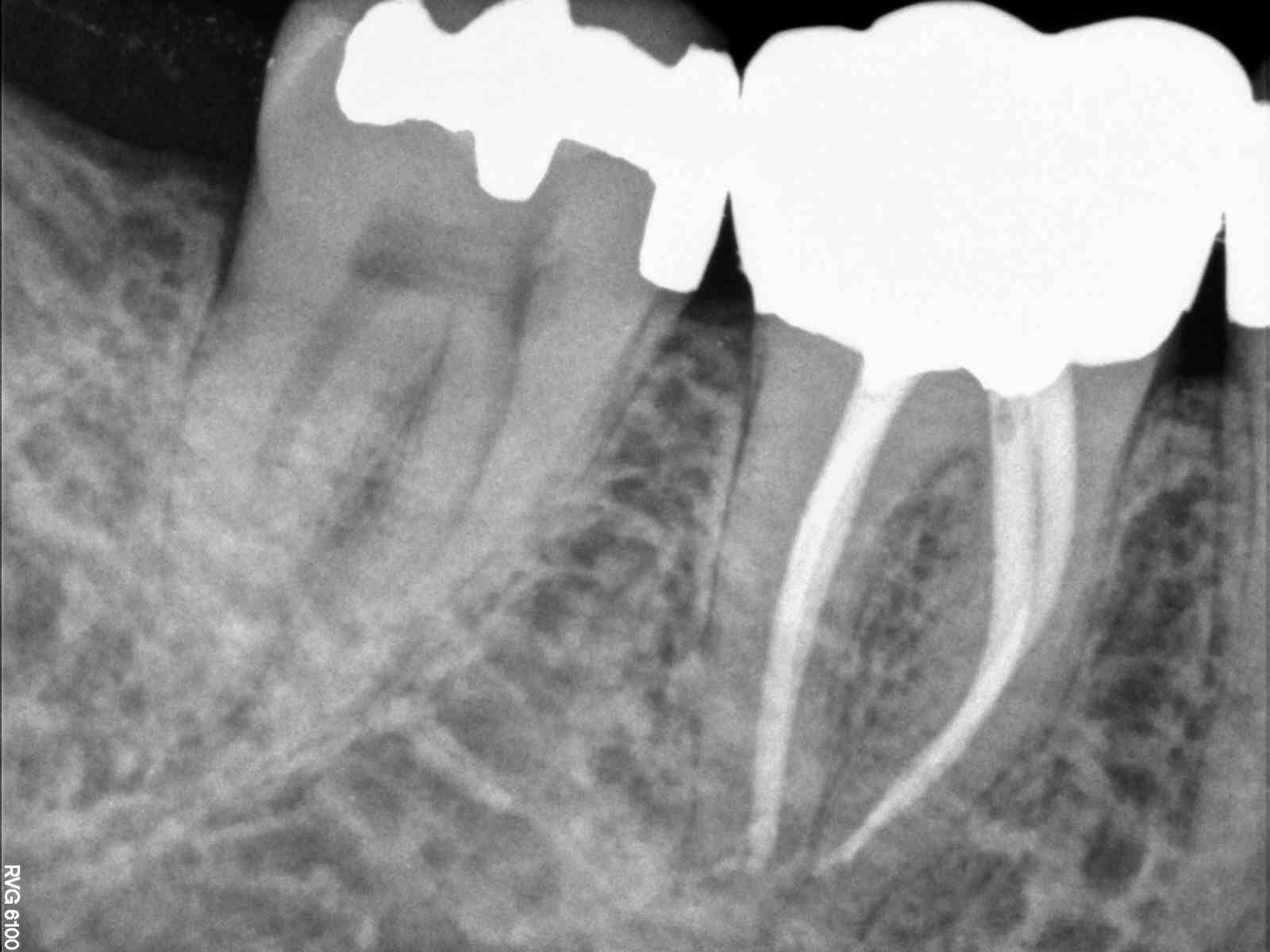

This isolates the tooth and keeps it dry during the procedure. Before beginning root canal treatment, a small rubber dam is placed over the area. Your healthcare provider may recommend sedation if you struggle with dental anxiety. There are also medications used in dentistry to help you relax, such as nitrous oxide, oral sedatives or intravenous (IV) sedation. First, local anesthesia is given to numb the infected tooth and the surrounding gums. Here are the steps that will be completed during your root canal procedure: This helps determine the extent of damage and ensures that root canal therapy is the appropriate treatment option. What happens during the root canal process?īefore beginning your root canal, your healthcare provider will take dental X-rays of the affected tooth. If you are having treatment on a larger tooth with multiple roots, it can take up to an hour and a half. On average, a root canal takes about 30 to 60 minutes to complete. Eat a healthy meal: Since the local anesthesia used during root canal therapy will make your mouth numb for a few hours, it’s a good idea to eat before your appointment.ĭepending on the amount of infection in your tooth, root canal therapy may require one or two appointments.Avoid smoking several days before your root canal appointment - and stop altogether if you’re able. Don’t smoke: Tobacco products interfere with your body’s ability to heal itself.Take all medications as prescribed: You may be given antibiotics or anti-inflammatory medications a few days before your appointment, especially if there is a lot of infection present.Here are a few things you can do to prepare for your root canal treatment: How should I prepare for root canal treatment?īefore beginning your root canal, your healthcare provider can answer any questions you have about the procedure. That means that more than 15 million root canals are completed each year. This is because the pus from the infected pulp can soften the bone that supports the tooth.Īccording to the American Association of Endodontists, over 41,000 root canals are performed in the United States every day. Loose tooth: An infected tooth may feel looser.
#Molar root canal cracked
A chipped or cracked tooth: If you’ve cracked a tooth in an accident, when playing sports or even by biting down on something hard, bacteria can reach all the way into the tooth pulp.Pain when pressure is applied: If you have pain when you eat or touch your tooth, it could mean the nerves around the pulp are damaged.This occurs because of poor blood supply to the tooth. Tooth discoloration: When the pulp of a tooth becomes infected, it can cause your tooth to look darker.As a result, your jaw may become visibly swollen. Swollen jaw: Sometimes pus doesn’t drain from the site.Pus from the infected tooth may drain from the pimple, causing an unpleasant taste or smell. Pimple on the gums: You may develop a pimple or boil on the gums.This can lead to puffy, swollen or tender gums. Swollen gums: When a tooth is infected, pus can collect in the area.This is especially true if the pain lingers for more than a few seconds. Sensitivity to heat and cold: If your tooth hurts when you drink hot coffee or eat ice cream, it could mean that you need root canal treatment.Discomfort may also radiate to your jaw, face or other teeth. If you have pain deep in your tooth, you may need root canal therapy.



 0 kommentar(er)
0 kommentar(er)
